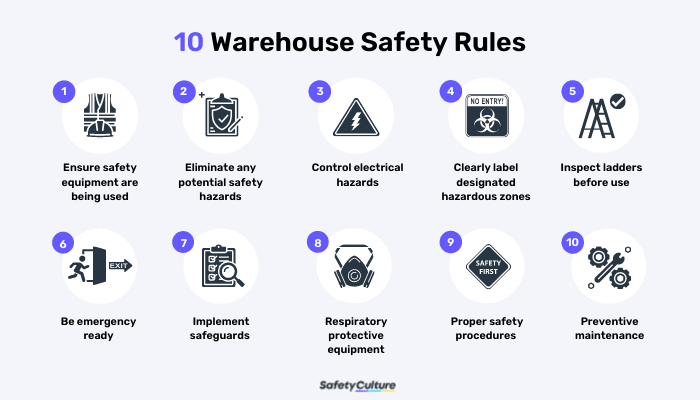Best Practices for Safe Warehouse Operations
Warehouses play a crucial role in the supply chain, storing and distributing goods efficiently. However, they can also be hazardous environments if proper safety measures are not in place. In this article, we will discuss the best practices for ensuring safe warehouse operations.
Regular Safety Training
One of the most important aspects of maintaining a safe warehouse is providing regular safety training for all employees. This training should cover topics such as proper lifting techniques, how to operate machinery safely, and emergency procedures. By ensuring that all employees are well-trained in safety protocols, you can reduce the risk of accidents and injuries in the workplace.
Inspect and Maintain Equipment
Another key practice for safe warehouse operations is to regularly inspect and maintain all equipment. This includes forklifts, conveyor belts, and storage racks. By conducting routine inspections and performing preventative maintenance, you can ensure that equipment is in good working condition and reduce the risk of malfunctions that could lead to accidents.
Keep the Warehouse Clean and Organized
A clean and well-organized warehouse is not only more efficient, but also safer for employees. Cluttered aisles and disorganized storage areas can increase the risk of trips, falls, and other accidents. By implementing a regular cleaning schedule and organizing inventory properly, you can create a safer work environment for everyone.
Implement Proper Material Handling Techniques
Proper material handling is essential for preventing injuries in the warehouse. This includes using the correct lifting techniques, using appropriate safety equipment such as gloves and back braces, and ensuring that heavy items are stored at waist height to reduce strain on the body. By training employees on proper material handling techniques, you can minimize the risk of injuries caused by lifting and moving heavy objects.
Emergency Preparedness
Every warehouse should have a well-defined emergency preparedness plan in place. This plan should cover procedures for evacuating the facility in the event of a fire or other emergency, as well as how to respond to injuries or accidents. Regular drills should be conducted to ensure that all employees are familiar with the emergency procedures and can respond quickly and effectively in the event of a crisis.
Use Personal Protective Equipment
Personal protective equipment (PPE) such as hard hats, safety goggles, and steel-toed boots should be provided to employees working in the warehouse. In addition, high-visibility clothing should be worn by employees working in areas with moving machinery or vehicles. By ensuring that employees have the proper PPE, you can reduce the risk of injuries and create a safer work environment.
Conclusion
By following these best practices for safe warehouse operations, you can create a work environment that is not only efficient, but also safe for employees. Regular safety training, proper equipment maintenance, and emergency preparedness are all essential aspects of ensuring workplace safety in the warehouse. By prioritizing safety and implementing these practices, you can reduce the risk of accidents and injuries, while also improving productivity and efficiency in your warehouse operations.


